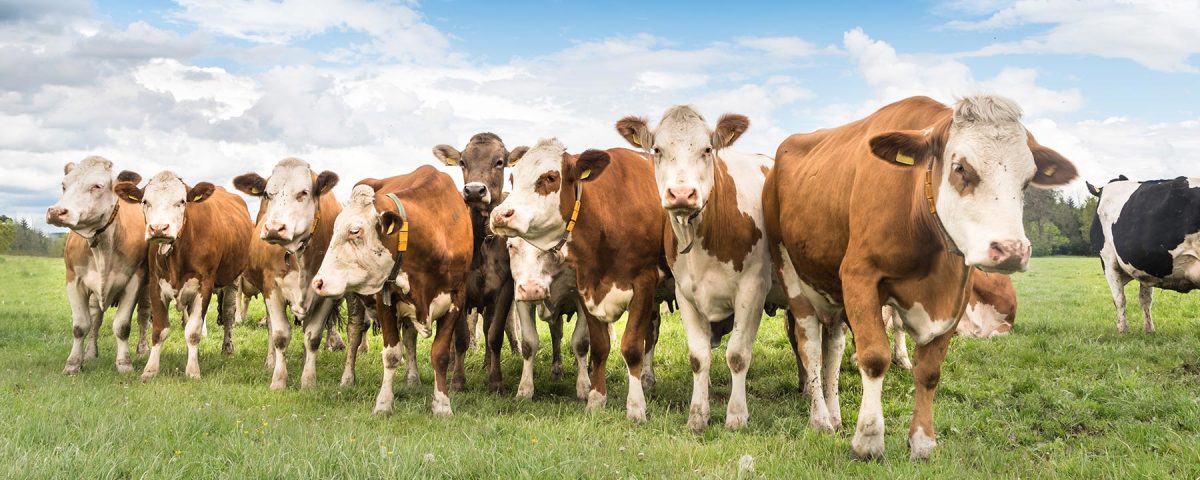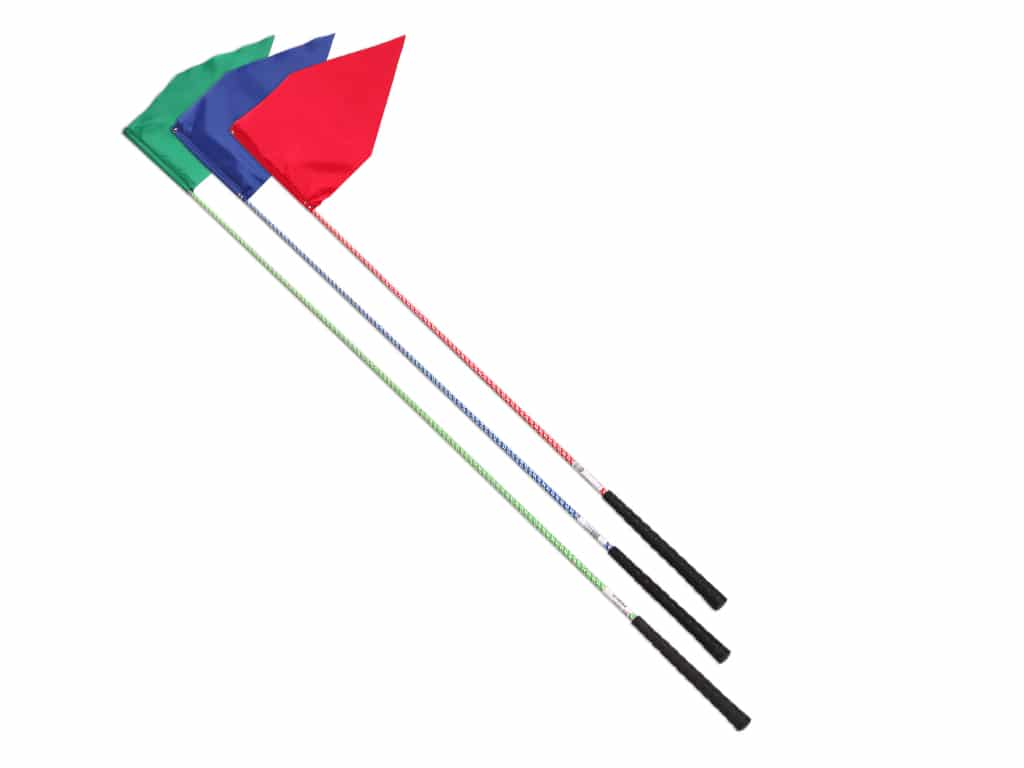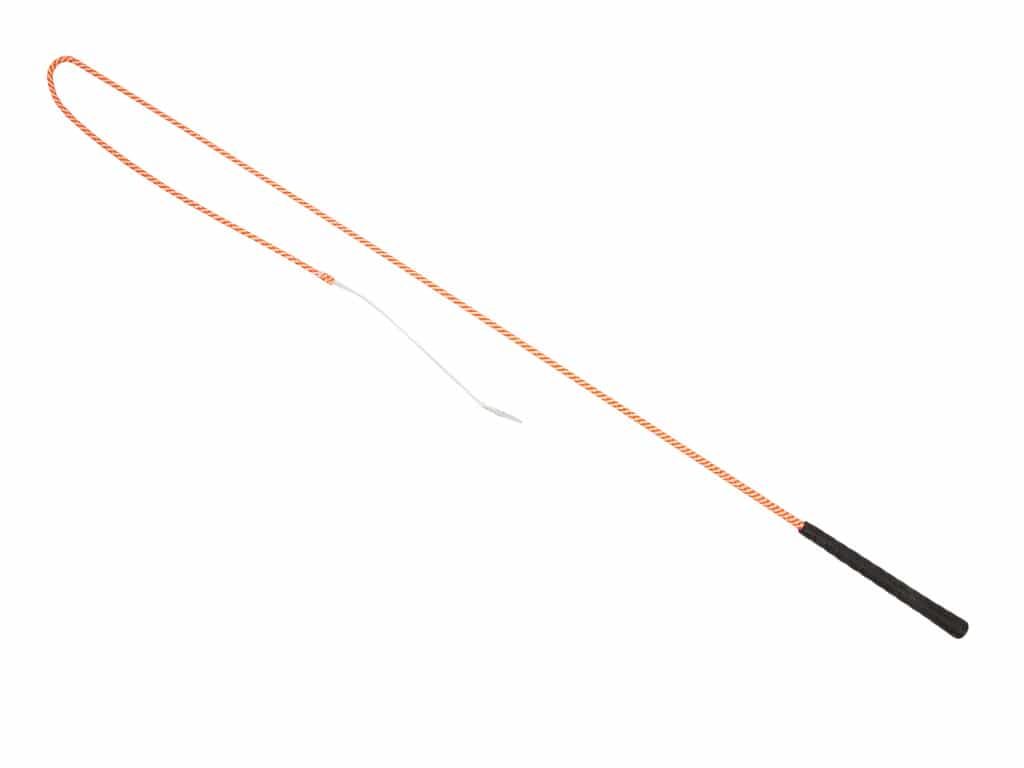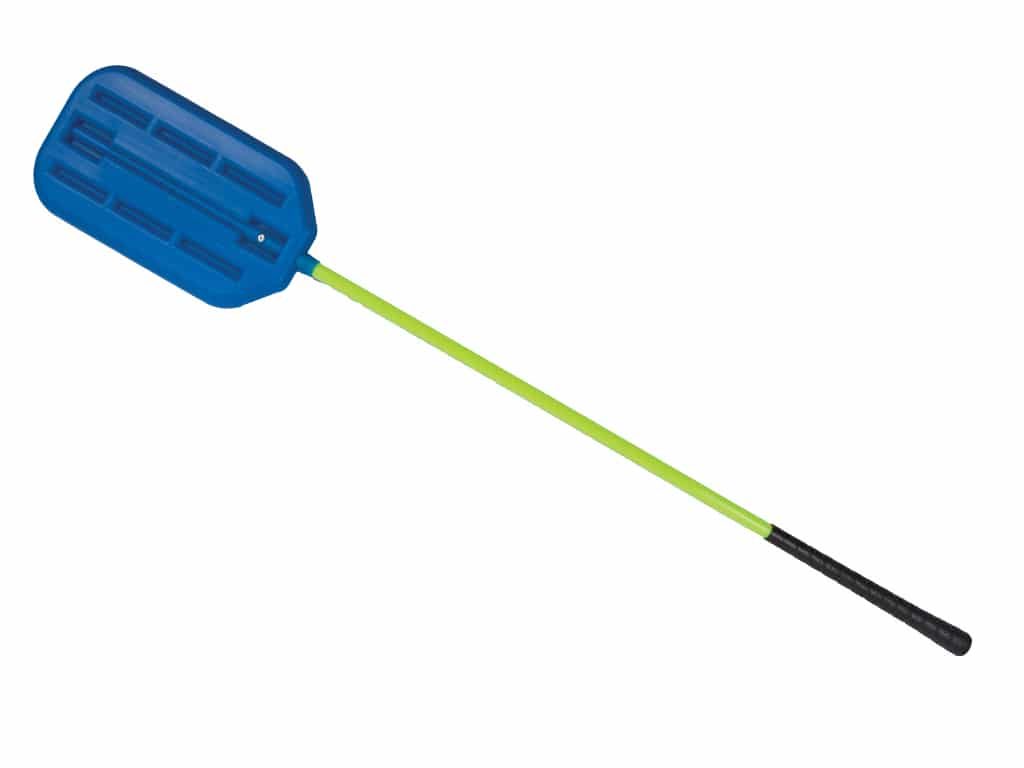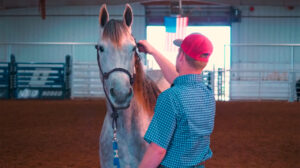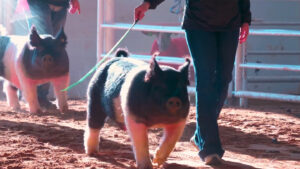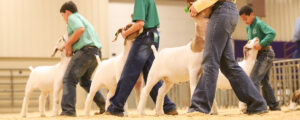While you don’t have to be an animal behavior specialist, it is important to understand herd behavior, overall motivation, response to pressure and noise, and more from the perspective of the cattle. Learn more about Cattle Handling Basics Here.
How Cattle Experience Stress Triggers
Cattle can experience stress just like any other animal. Understanding what can induce stress and how to identify that they are under stress will make it easier for cattle handling on daily management practices.
Fear can come as a result of handling, neglect, restraint, and even shadows. You have to consider how you handle cattle in order to provide a low-stress environment. The “ram and jam” method needs to be eliminated as it is stressful.
Walk your corral in order to identify bolts and protruding nails that can cause injury. Look for corners were cow can be injured. When you make repairs, you provide a safer environment for them – and it can reduce some of the stress.
Heat and cold can also provide too much stress. Avoid placing them in situations where they experience extreme heat or cold and provide solutions.
Introducing probiotics and energy drenches can help alleviate stress so that the cattle sorting is more successful.
Flight Zone
It’s critical to understand both the flight zone and the point of balance when handling cattle without a lot of stress. The flight zone determines how the cattle will move individually as well as a group. As a handler, you have to position yourself closeby but without going into their blind spot. Your goal is to keep the flight zone narrow, which also involves keeping the animals as calm as possible.
Herd Behavior
Herd behavior is more complex than you may give it credit for. A cow will perform three activities in a day: eat, stand to digest, and lie down to rest. This process is simple when you look at a single cow. However, there are group dynamics.
Cows move and eat in herds as a way of protecting themselves from predators. Cows will eat at varying speeds. Slower cows will need to make a choice: continue eating while potentially being left behind or keep up with the herd and go hungry. This is something that needs to be considered because it may require sorting your cattle based on their eating habits in order to maintain a stress-free herd as well as ensure that nutritional needs are being met.
Response to Pressure & Noise
There have been a lot of studies regarding response to noise in cattle. Metal clanging and human shouting can have a behavioral and psychological response in cattle. They may have a higher heart rate as opposed to no sound, which identifies that they do experience stress when there are loud noises.
It’s important to take a look at how you are constantly working with the cows. How are you moving cattle from one place to another? What are you common cattle handling techniques? When answering these questions it is important to understand that shouting can increase the level of fear that cattle experience during sorting and handling.
Whenever there is pressure or noise, cattle will experience stress. It can elevate their cortisol levels, which can also suppress their immune system. This could make your cattle more susceptible to various diseases. It may also reduce their reproduction levels and reduce their ability to gain weight. Inflammatory reactions may occur as well. Your cattle may experience digestive upset, resulting in eating less and even fluctuating pH levels that can result in diarrhea.
Conduct a Behavioral Study
It might also be advantageous for you to have a behavioral study conducted. It’s important to identify psychological makeup, the individual personalities that can influence the herd’s behavior, and more. The environment should be reviewed, too, to learn if there are stressors that you’re not aware of.
Examine your current practices and put yourself in the mentality of the cattle themselves. How would you feel about the way that you are currently sorting cattle? Are you allowed? Abusive? Short-tempered? This can impact how the cattle respond.
You also need to consider sorting the cattle based on how they respond to various stimuli. Some cows may be less likely to experience stress based on the environment. Younger cows may need a little extra care when handling them, which is all the more reason to sort them from the older cows.
By taking the time to learn more about herd behavior and the psychological and physical effects of stress, you can make better decisions for your ranch. You will also be more successful when it comes to sorting and herding your cattle. It will make it easier for you to manage your operations on a day-to-day basis.
When you need quality whips, crops, and other supplies for sorting cattle, contact U.S. Whip today. We have a wide array of well-designed training tools to assist you. Download the Our Free Product Guide: Complete Product Spec and Sizes for more information.

